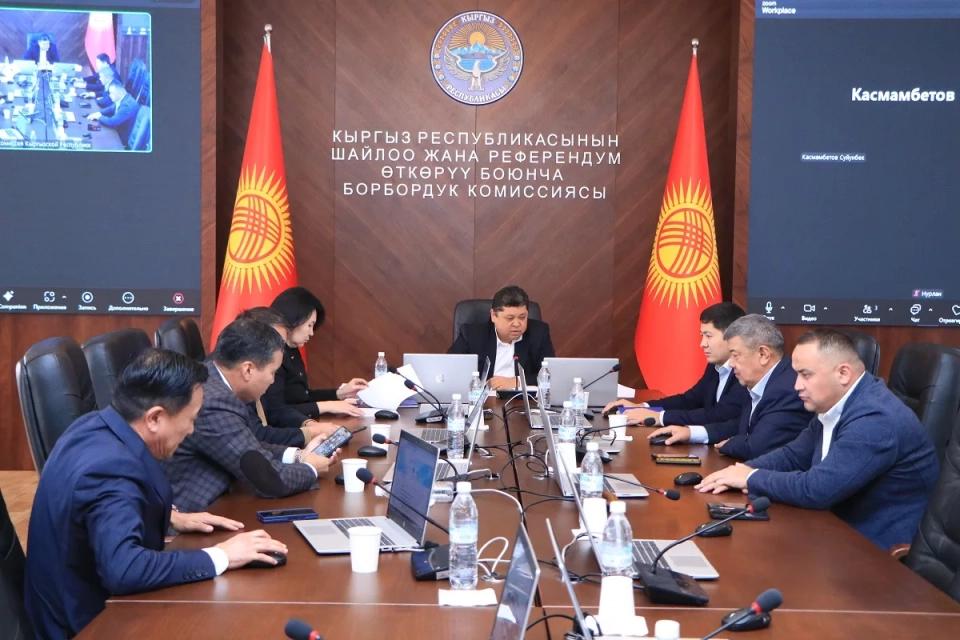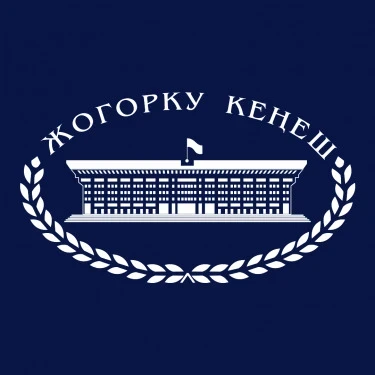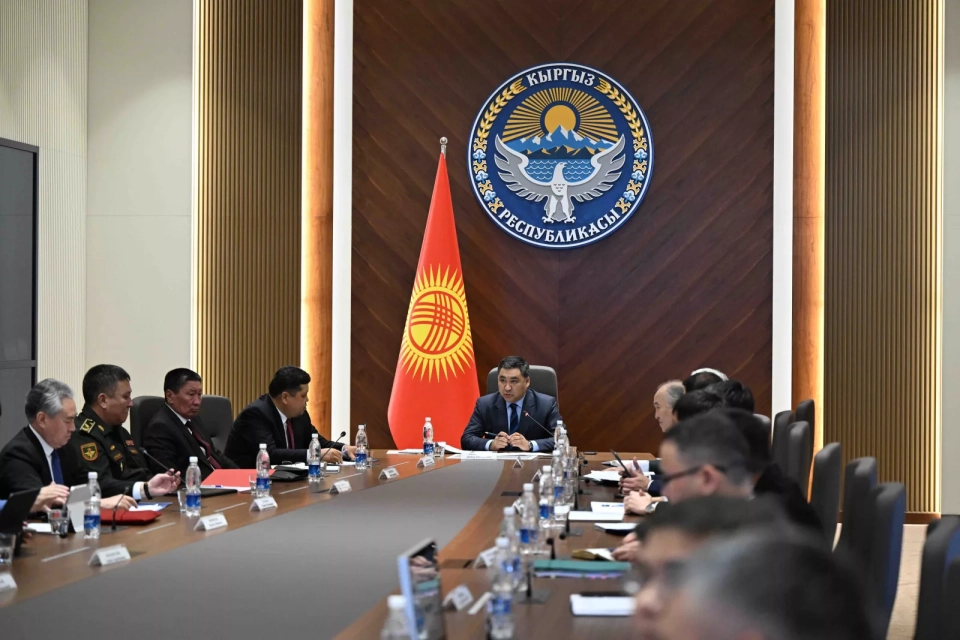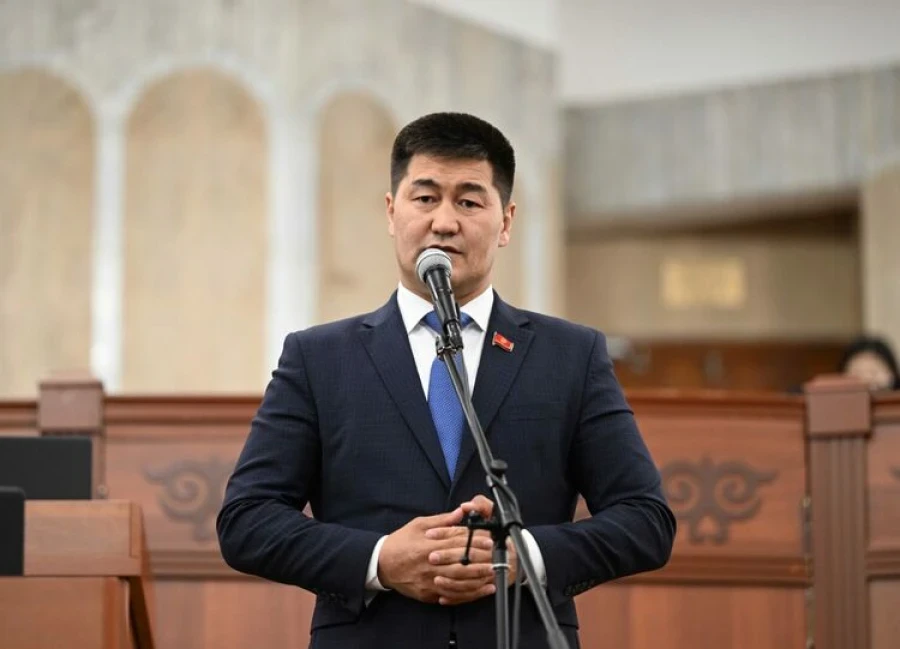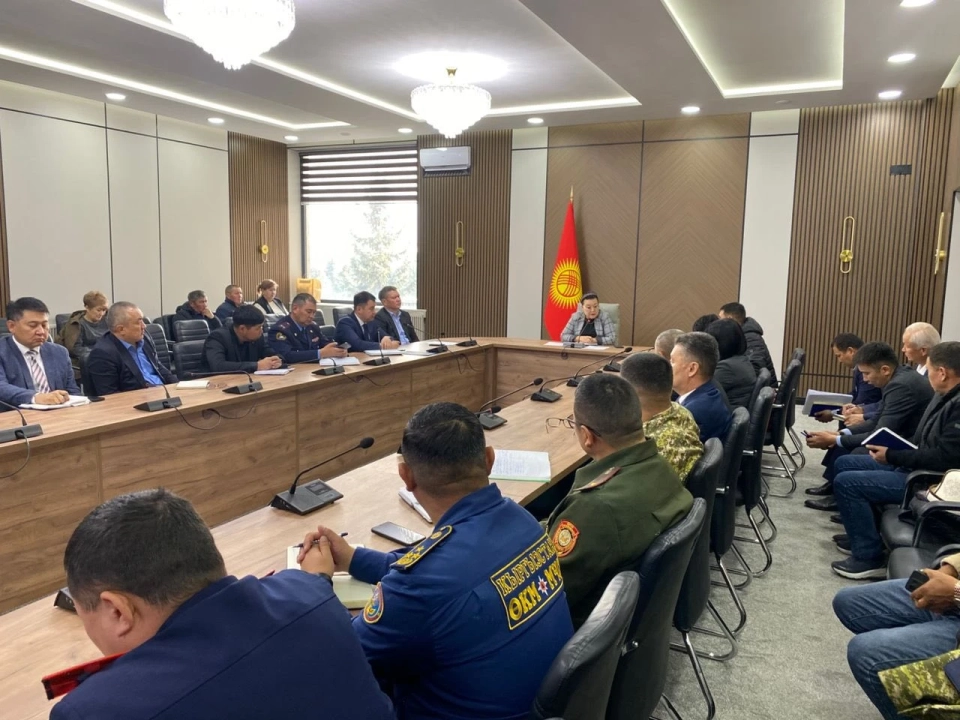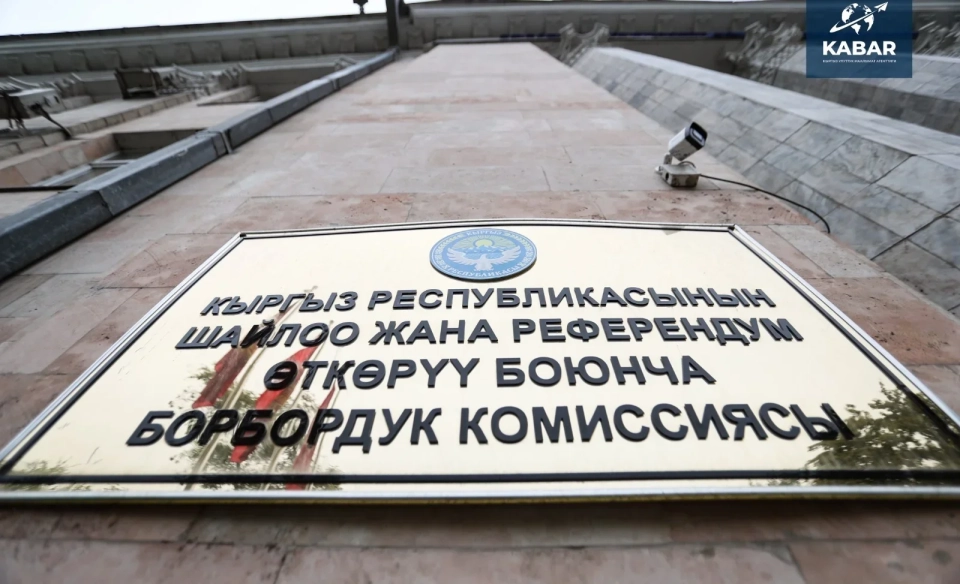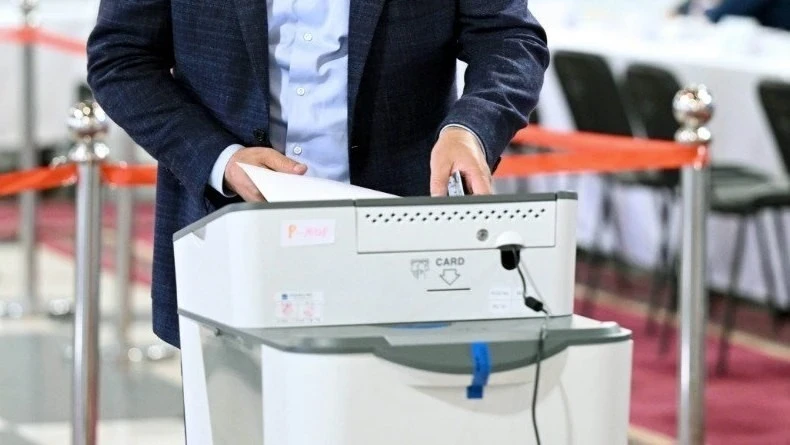
Since gaining independence in 1991, Kyrgyzstan has held numerous parliamentary elections, among which the most notable were those in 2005, 2010, and 2020. These elections sparked widespread public resonance and dissatisfaction, often leading to changes in power in the country due to government interference in the electoral process.
The next parliamentary elections, scheduled for November 30, 2025, will be early elections following the self-dissolution of the parliament in September 2025. These elections, like the previous ones, will be significant for the political history of Kyrgyzstan, as they have often served as catalysts for changes in the political system.
It is worth recalling the elections that took place after the adoption of the Constitution in 2010, which became a turning point for the country. The new electoral law and proportional representation allowed parties such as Ata-Jurt, SDPK, Ar-Namys, Respublika, and Ata-Meken to compete fiercely for seats in parliament:
Ata-Jurt - 8.88% (28 seats)Social Democratic Party of Kyrgyzstan - 8.04% (26 seats)Ar-Namys - 7.74% (25 seats)Respublika - 7.24% (23 seats)Ata Meken - 5.6% (18 seats)
At that time, the Jogorku Kenesh had 120 seats, and these parties formed a coalition government, which became the foundation of the parliamentary system after the 2010 revolution. Each party equally represented its interests in the government.
After the 2010 revolution, new electoral legislation contributed to the formation of democratic institutions; however, by 2020, the system began to degrade. The main factors behind this were both institutional weaknesses and the behavior of party leaders, who cared more about personal power than the development of their parties. As a result, key principles of democratic centralism were ignored, such as the election of all governing bodies and the subordination of the minority to the majority.
No party managed to become stable and ideologically mass-based. Instead, they turned into personalistic structures without clear programs. Most voters knew the parties only by the names of their leaders, having no idea about the actual actions of these parties. After elections, many doors of the parties closed before supporters, and there were no informational resources, such as party newspapers or websites. Society did not receive information about what the parties represented in Kyrgyzstan, except for the Communist Party, which had survived since the Soviet era. Party leaders seemed not to consider the need for an ideological justification of their political programs.
As a result, parties became merely a formal element of the political system rather than real ideological unions. Temporary alliances were formed before elections, and party activities were reduced to business projects for gaining power. Due to shortcomings in the legislation on free mandates, deputies elected from party lists could leave factions, undermining the authority of parliamentary power and strengthening the presidential one.
The 2015 elections failed to correct the existing shortcomings, and the lack of representation of voters' interests led to a decline in trust in party politics. Government interference in the elections in 2020 again exacerbated the situation and ended in the collapse of the system.
Thus, the party system in Kyrgyzstan faces several problems: the lack of democratic centralism, the absence of programs and ideology. The reasons for the weakening of parties include:
- Personalization of politics, where processes depend on individuals rather than parties.
- Regionalization and clientelism, where parties act as networks of local elites.
- Financial dependence, limiting the development of parties due to the lack of sustainable state funding.
- Weak institutional base, where parties do not engage in active work between elections.
Deputies of the Jogorku Kenesh were elected from party lists formed by party leadership, without considering the opinions of grassroots organizations. Congresses turned into formal procedures where pre-compiled lists were approved. Places on the lists sometimes cost millions of dollars, and after elections, deputies could leave factions while retaining their positions.
Voters voted for parties but soon lost connection with them, as party leadership did not maintain dialogue with grassroots structures. All this led to violations of the principles of deputy elections and non-fulfillment of gender quotas and requirements for national minorities.
The party system discredited itself due to the actions of organizers, who, despite this, remain in power and do not acknowledge their mistakes.
The exclusion of parties from the political system under current legislation is, I hope, a temporary phenomenon. Over time, society will realize the necessity of political forces based on parties. Thirty years is too short a time to form parties with real platforms that can become sustainable political institutions in Kyrgyzstan.
In conclusion, to create influential parties in Kyrgyzstan, institutional, political, and social conditions are necessary. The experience of recent decades shows that without comprehensive changes, the party system will remain dependent on individuals and power. Liberal norms in laws without real institutions cannot create democracy. Kyrgyzstan needs parties based on ideological and social interests, not temporary alliances of elites.
First of all, institutional reforms are needed: open lists, mandatory intra-party elections, state funding, and transparent reporting. These measures can transform parties into sustainable political institutions.
Secondly, it is necessary to create real political competition, which requires reducing the personalization of power and abandoning administrative resources. Only under conditions of equal opportunities can parties become independent decision-making centers.
Thirdly, the viability of parties is linked to the development of civil society and the formation of the middle class. Socially active and economically independent citizens can become the basis for creating ideological unions that reflect the interests of various population groups.
Thus, the emergence of influential parties in Kyrgyzstan is possible only by transitioning from personalistic politics to a system based on ideas and accountability to society. This will allow the party system to become a real mechanism of democracy rather than a formal attribute.
After the electoral system reform in 2021, Kyrgyzstan returned to a mixed model, where part of the deputies is elected by a majoritarian system. According to the Constitutional Law "On the Elections of the President and Deputies of the Jogorku Kenesh of the Kyrgyz Republic," the parliament now consists of 90 deputies, 54 of whom are elected from party lists, and 36 from single-member districts.
This step was a response to criticism of the previous party model, which was accused of corruption and dependence on leaders. However, the transition to majoritarian elections creates both new opportunities and serious risks for the political development of the country.
In 2025, a law "On Amendments to the Constitutional Law 'On the Elections of the President and Deputies of the Jogorku Kenesh of the Kyrgyz Republic'" was adopted. A system of 30 territorial multi-mandate districts is introduced, in each of which three deputies will be elected, maintaining the total number of deputies at 90.
The previous mixed system is completely abolished, and a new one is introduced, where representatives are elected exclusively from districts. Independent candidates are also allowed to run, and parties can nominate their representatives; electronic and remote voting is provided.
Gender requirements are also included in the new system: in each district, one of the three deputies must be a woman.
The transition to such a system may lead to positive changes, such as strengthening the connection between deputies and their districts, the possibility of attracting independent candidates, and simplifying the election process. However, there are also serious risks for the political system, considering Kyrgyzstan's institutional environment.
If equal conditions for all candidates and transparency of financing are not ensured, we may see an increase in dependencies of deputies and clientelist networks instead of strengthening democracy.
Criticism of corruption in the proportional system due to the purchase of seats by candidates may also be relevant in the context of the upcoming elections on November 30, where the cost of participation may amount to about $250,000 for each candidate. Multiplying this amount by the number of candidates reveals the scale of the problem.
Majoritarian elections open opportunities for renewing the political system but require clear mechanisms for controlling transparency and equal conditions for all participants. Without this, there is a high risk of strengthening informal ties, corruption, and regional inequality, which may outweigh the potential benefits. The optimal solution for the country will likely be a balanced mixed system, as was the case in the 2021 elections. For now, we have what we have.
Kaldan Ernazaroа
Source: centrasia.institute





